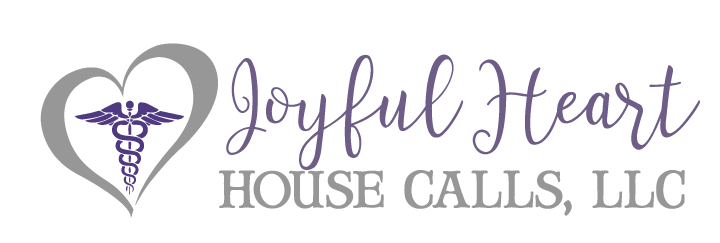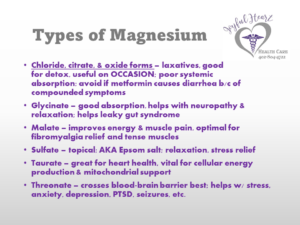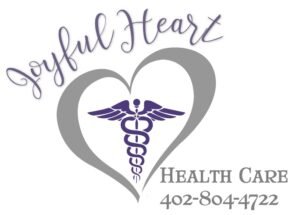I get questions all the time about elevated glucose readings even after eating low carb for several weeks. This article will discuss more details about the physiology and glucose readings.
When beginning a low carb nutrition plan, it is important to monitor glucose readings before and after eating to understand exactly what is happening to the blood levels in response to food intake. To determine how to do this, see my previous article, “Do You Check Your Glucose?”
Many people who cut carbohydrates will notice that glucose levels actually increase after awakening – this effect is called dawn phenomenon and there are loads of adequate resources available for reading if you’ll simply Google the term; there isn’t a great need to go into detail here about it. Suffice it to say that the liver is simply trying to “help” you by secreting glucose out into the bloodstream when food intake is unavailable – such as during sleep. If you awaken and still do not eat for several hours, the liver will continue “helping” you out, secreting more and more stored glycogen, thinking that you “need” the glucose for energy. This DP effect is also another reason I discourage fasting for the first 6 months on a ketogenic eating plan.
On our low carb way of eating – especially the first several months – the body may seem a bit “confused” about fuel source. The body is accustomed to using glucose for fuel, but with low carb eating the glucose intake becomes scarce, so the liver acts as a back-up system and releases stored glycogen in the form of glucose to help raise blood levels of the fuel. Fat-adaptation is the term we use to describe how the body becomes accustomed to used fats for fuel and typically takes 4-6 weeks for most people. However, it can take 2-3 months for some people to become completely fat-adapted. Fat adaptation means that the body has learned to use ketones (simple fats, broken down into smallest useable components) for fuel.
Many people also report continued high glucose readings even with very low carb eating; this phenomenon is often difficult to understand. The first thing to remember, though, is that it took MANY YEARS of poor eating habits and very HIGH carbohydrate intake to get us to where we are. We cannot expect to see perfect glucose readings the first week of low carb eating. Yes, MANY people DO report significant drops in glucose, but not everyone fits into this category. Think about a “bell curve” used in data collection. An easy to understand example is test scores in a classroom. If there are 100 students who take a math test, by far, the majority of students will have an average score; but there will be a very few students who ace it or score very high, and there will be a very few students to score very low. This proportionate report is referred to as a “bell curve” as pictured below.
So, now that we understand how averages and the majority of people respond, understand that everyone fits on the bell curve SOMEWHERE. It can take many, many weeks to locate your particular placement on that curve.
What happens when glucose levels are falling but people report symptoms of low glucose? This phenomenon occurs because your body has become accustomed to elevated glucose levels and now perceives the high glucose as “normal” even though it truly is NOT. People often report tremors, nervousness, shakiness, headaches, and even nausea when glucose is running 100-120. Consider, though, that the body had been experiencing glucose levels sometimes as high as 200 – 400 on a regular basis before LCHF eating. To the liver and the brain, even a 150 can seem very low, when the body was used to a 400 most of the time. When dropping glucose levels this drastically, many people will experience uncomfortable symptoms and think that the “correction” for this event is to consume some carbohydrates, sugars, or other unhealthy foods/drinks. Keep in mind, that it is NEVER a good idea to treat a NORMAL glucose level – NEVER. Treating a normal glucose level with sugar/carbs will only raise glucose even more, resulting in more effort to get it lower.
Health care providers around the world recognize that the biggest threat to people with diabetes is hypoglycemia – low blood sugars. We never medicate a LOW and we never medicate NORMAL glucose whether with food or medication. THE ONLY EXCEPTION is if you take SPECIFIC glucose-lowering drugs (NOT metformin) and have symptoms of a low glucose, you might need to consume a GLUCOSE TABLET, specifically for treating a low. We never recommend chasing lows with sugary food items. Always use a specified amount of glucose so that you will KNOW exactly how glucose will respond. You MUST work with a KNOWLEDGEABLE provider to help you lower medications appropriately when first beginning a low carb nutrition plan. If you cannot locate one, you should contact a health coach with medication knowledge, like KetoNurses, to provide you with adequate information to make YOUR OWN CHOICES, to provide for your own safety.
Be consistent and persistent with your low carb intake. Keep carb intake to 6-7 grams PER MEAL; do not “save up” carbs for a “splurge” because this technique can contribute to even more erratic glucose levels. The real goal is to have almost no rise or fall in glucose levels. Glucose readings should be maintained at a fairly stable level all the time, even after eating. I teach my clients that if glucose level increases more than 10 points with eating, there were probably too many carbs in that meal. How do you figure that out? By measuring foods. Most of us measure foods BEFORE cooking, and most nutritional data is listed before cooking, but ALWAYS read nutritional info carefully. Vegetables are measured by volume – in a measuring cup, not by weight on a scale. Imagine weighing 4 ounces of spinach! LOL It would be a HUGE amount of spinach, likely more than a person could consume in a whole day. However, meat is measured by weight; a kitchen scale can be a very important tool in your low carb journey. Most of us have a terrible, preconceived notion of what a 4-ounce piece of steak looks like. We are accustomed to restaurant portions, which are often massively oversized. Also, keep in mind that during the first 4-6 weeks of low carb eating, we do NOT encourage portion control. Our major focus during this initial phase of lifestyle change is learning WHAT to eat and how to cook with real fat. We really want people to learn this new way of cooking and eating without undue stress; eat when physically hungry and learn to determine first signs of fullness. Learning how the body works is also a really important task in improving your health.
After you have mastered what to eat and how to cook with healthy fats, it is then time to cut portions back. Start by calculating your personalized macro goals; we base protein needs on AVERAGE IDEAL BODY weight – NOT current weight, and NOT on some randomly chosen arbitrary goal weight. Used by experts and medical providers for over 100 years, basal protein needs are calculated this way; this method is still taught in nursing, medical, and nutrition programs today. Again, this AVERAGE ideal body weight is based on a “bell curve” and many people will NOT fit the average. There will be some people with weights all along the spectrum that we call “normal.” However, we base protein needs on this AVERAGE, since MOST of us will fit in with the majority; after some time on LCHF eating, the body will “find” its own healthy weight – so using this IBW chart to determine goal weight is UNNECESSARY. See my previous blog article, “Do the Math” for more details on macro calculations.
Another major concept to utilize when beginning a low carb nutrition plan also includes relearning how to respond to “head” hunger, or “habit” hunger. Many of us eat to a schedule on a high carb intake; this habit occurs because of the natural and rapid rise and fall of glucose levels on standard high carb intake. If you have not watched my video, “What Happens to All That Glucose?” now might be a good time to locate it on the KetoNurses Facebook page. When we were consuming many carbs – every 2 hours, typically – our bodies became used to the frequent intake. It is sometimes quite difficult to overcome this bad habit. Our bodies were designed to go many hours without food intake, but current dietary advice runs amuck with recommendations to “graze” or eat every 2-3 hours. The frequent intake has trained our brains to prepare for food; our mouths water with anticipation of food, and often we even experience tummy growls. However, true physiological hunger occurs when glucose levels are approximately 70 – again, remember the “bell curve” because many people will experience true hunger well away from 70ish. Another phenomenon that occurs in many people with out-of-control diabetes and severe insulin resistance is “near constant hunger.” Near-constant-hunger will often occur when glucose levels are 200+ simply because the glucose cannot move into cells, so the brain mistakenly believes the person is hungry and needs fuel.
In addition, medications can significantly affect your glucose levels, including those NOT prescribed for diabetes. Blood pressure drugs, cholesterol medicines, steroids, and many others will contribute to elevated glucose levels. Insulin users often find that they have very erratic glucose levels when beginning a low carb eating plan. It is very important to research your specific medications and learn exactly how they work and what side effects you can expect. Knowing this information will help you feel much more confident in eating low carb and learning how your body responds.
A major factor to also keep in mind is that it takes TIME for the body to heal. It takes TIME for glucose levels to normalize. It takes TIME for the liver to release all the excess stored glycogen. It takes TIME for the body to become less dependent on medications. It takes TIME for our brains to learn to respond appropriately to TRUE hunger. There is no “magic cure” for the inadequate, high carb, nutrient-poor intake we have endured for many years.
The real “magic cure” is in consistent and persistent low carb intake, with adequate fat and protein intake. Provide highly nutritious “close to the farm” intake for the body. The quality nutrition found in real food will provide your body with many nutrients you have been missing, but time for healing will still be required. Anytime you accidentally consume too many carbs during the first 4-6 weeks will impact your body’s healing process, raising glucose and slowing healing and fat-adaptation.
It is not vital to consume “organic” or grass-fed. While some of these foods do provide slightly higher nutritional value, some people just cannot afford them.
Choose the best products you can afford and do NOT feel guilty or shamed by anyone for your choices; these feelings can quickly contribute to stress, which in-turn will raise glucose.
There are so many other factors that raise glucose: pain, emotional stress, physical illness, worry, changing a schedule, parenthood struggles, financial stress, and nearly any other life event. Be aware of these impacts on life, mentality, and physical health. Solve the ones you can, and give NO time or effort to those you cannot change because the additional stress will only compound the stress and impact to glucose levels. Be aware of your body’s signals. Learn to recognize symptoms that require management. Learn to listen to your body; recognize your body’s needs and respond. Finally, if you need help, ASK for it!
NOTICE: This content is for informational and educational purposes only. It is not intended to provide medical advice or to take the place of medical advice or treatment from a personal health care professional. All viewers of this content are advised to consult their own qualified health professionals regarding specific health questions. Neither KetoNurses or the publisher of this content takes responsibility for possible health consequences of any person or persons reading or following the information in this educational content. All viewers of this content, especially those taking prescription or over-the-counter medications, should consult their physicians before beginning any nutrition, supplement or lifestyle program.




